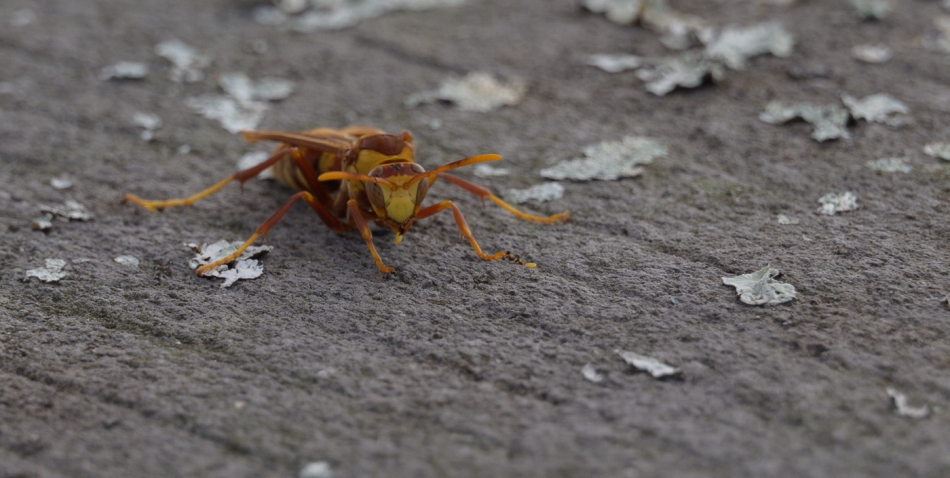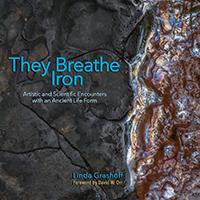Florida Interlude, the Celery Fields
December 26, 2022
The site now known as the Celery Fields is a park in Sarasota County popular with birders. It features open marshlands, deep ponds, shallow pools, and canals bordered by oaks, willows, and pines on two sides. In prehistoric times, mastodons and other now-extinct animals lived there, and some of the animals’ remains are housed in the Sarasota Audubon Society Nature Center on the premises. In modern times, before the 1920s, the site consisted mainly of muck, a kind of soil that is naturally waterlogged. The muck was covered by sawgrass, and the area was known as Big Camp Sawgrass. (Camp was the last name of early owners; no one would have tried to pitch a tent on that land; sawgrass hurts . . . and then there was the muck.) In the early 1920s Bertha Palmer, matriarch of a wealthy Chicago family with many ties to the Sarasota area, bought the land, drained it, and began growing celery on it. While the celery farming was successful, these developments contributed to flooding during periods of heavy rainfall. In 1995 the county bought the property, not only to create a park but also to regulate stormwater. The Celery Fields Stormwater Retention Facility seems to have been a success in both undertakings. Here’s some of what I saw there last month.
1 For a much grander view of the area, click on the last link above.
2 The water hyacinths were in bloom throughout the park. They look pretty but are vigorously invasive.
3 I had not seen the plants in bloom before and had wondered why they were called hyacinths. As I found out on this trip, the color of the flowers was a tie to “real” hyacinths, as was the way they are borne on stalks.
4 The plant with arrow-shaped leaves—the common spatterdock (Nuphar advena)—is in the water lily family. It’s kept company here by a sprinkling of water hyacinths.
5 I was sort of hoping this was a remnant of the sawgrass that formerly blanketed the location, but my personal botanist says “a member of the sedge genus Eleocharis—one of the spike rushes.”
6 This grass was growing outside the Audubon building in a garden of native plants. It’s Pink Muhly (Muhlenbergia capillaris), a Florida wetland grass. I forgot to photograph the identifying sign next to it, but, looking at this photo, David came to the rescue. (What would we do without him?)
7 I’m no birder, but this immature white ibis was too cool to pass up.
8 I’m not an entomologist, either, and have no idea who this is.
9 I’m pretty sure this is a grasshopper, but not a species we have in Ohio. At least I’ve never seen a grasshopper this color here.
10 I have seen and even photographed a grasshopper that looks like this. He’s a biggie—about three inches long.











Celery Fields keeps making me think of Strawberry Fields. Maybe somebody will write a song about this one, too.
Pink muhly is so luscious in the fall. Landscapers have increasingly been planting it around Austin. In Texas it’s illegal to cultivate water hyacinths because they’re so invasive.
The insect in #8 appears to be a leaffooted bug in the family Coreidae. The one in #9 looks like a yellowjacket or other kind of wasp.
LikeLiked by 1 person
December 26, 2022 at 11:21 PM
You have me singing in my head, Steve: “Celery Fields forever . . . .” Glad you are able to enjoy the Pink Muhly where you are. It really is lovely. You and nannus are in agreement about the insect in #8 being a leaf-footed bug. You both also disagree with me about #9, so I’ll go with wasp or hornet.
LikeLike
January 2, 2023 at 9:20 PM
These are wonderful and so are the comments. Thank you for starting my day so peacefully.
LikeLiked by 1 person
December 27, 2022 at 5:32 AM
Thank you, Sandy.
LikeLike
January 2, 2023 at 9:21 PM
As always, your photos bring a lot of beauty into our lives.
LikeLiked by 1 person
December 27, 2022 at 9:58 AM
Thanks, Janice.
LikeLike
January 2, 2023 at 9:22 PM
beautiful shots, Linda, especially #4. outstanding composition. I like the grasshopper, too. They always seem so Nobel yet somewhat prehistoric, too. #6 seems like a great abstract for a nature shot. Nice work.
LikeLiked by 1 person
December 27, 2022 at 3:41 PM
Thank you, Ken. I know what you mean about grasshoppers. But then I may be prejudiced. The name “Grashoff” is often turned into “grasshopper,” so these insects seem special to me. I took quite a few photographs of the Pink Muhly grass. But it was windy, and this is the only one that showed the little seed heads clearly.
LikeLike
January 2, 2023 at 9:22 PM
#8 seems to be some kind of true bug, but I don’t know what it is specifically. #9 seems to be some type of wasp, perhaps a hornet, I think. #10 seems to be a locust. However, I am not an expert on insects and I am not familiar with North American species (I am in Europe).
LikeLiked by 1 person
December 27, 2022 at 6:57 PM
Thanks for all your attempts to identify the insects in this post, nannus. See what I told Steve about #8 and #9. This guy is a lighter color than the images online of Acanthocephala femoral, but he could just be an outlier in a standard deviation. (Did I use the term “standard deviation” properly? It’s been 60 years (yikes!) since I took my one and only class in statistics.)
LikeLiked by 1 person
January 2, 2023 at 9:25 PM
#8 maybe Florida leaf footed bug (Acanthocephala femorata) or perhaps something closely related.
LikeLiked by 1 person
December 27, 2022 at 7:15 PM
#9 could be Polistes major (Horse’s paper wasp).
LikeLiked by 1 person
December 27, 2022 at 7:24 PM
You have to be right! The face is a dead give-away.
LikeLiked by 1 person
January 2, 2023 at 9:26 PM
#10 could be Schistocerca obscura, the Florida grasshopper (who would have guessed that a grasshopper photographed in Florida might be a “Florida grasshopper”). 🙂
LikeLiked by 1 person
December 27, 2022 at 7:35 PM
I think you’re right again.The size seems about right, and it looks like the photos online.
LikeLiked by 1 person
January 2, 2023 at 9:26 PM
#8 probably Acanthocephala declivis
LikeLiked by 1 person
December 27, 2022 at 7:40 PM
Ah! So you kept searching. Yes, I think you’ve found the right one. The photo on the right side of the page at https://en.wikipedia.org/wiki/Acanthocephala_declivis is the right color, and the size seems right, too.
LikeLiked by 1 person
January 2, 2023 at 9:27 PM
It was fun searching. It is interesting that so much information is on the internet that it is actually possible to do that as a non-expert. One needs some basic knowledge about insects, but then you find your way. Adding “Florida” to the search terms did the trick. Very nice photos!
LikeLiked by 1 person
January 3, 2023 at 4:46 AM
Thank you, nannus. Thank you for contributing such good information to this post. Having just five minutes ago done my own searching (about geological formations), and going down several rabbit holes in the process, I agree that this kind of “research” is fun.
LikeLike
January 5, 2023 at 8:25 PM
what a beautiful story of restoration, Linda!
LikeLiked by 1 person
December 28, 2022 at 1:00 PM
It’s a good story, isn’t it Marjorie. One of the things I read online said that the diversity of birds must have been even greater before this area was drained and planted with celery. But at least the diversity is greater now than it was in the mid-to-late 20th century.
LikeLike
January 2, 2023 at 9:28 PM
Beautiful pictures. Many thanks.
LikeLiked by 1 person
December 28, 2022 at 3:12 PM
Thank you, Anne.
LikeLike
January 2, 2023 at 9:29 PM
The history of the land is always interesting and you did it justice. Too bad about the water hyacinths! I’m glad you included wider views for context. Closer and closer. :-0 It’s interesting to imagine the water lilies without the water hyacinths. The spike rushes and the Muhly grass are beautiful photographs, calm and somehow nourishing. I love the big bug on the pole! Looks like some kind of stink bug but I have no idea, either. The huge grasshopper and the ibis bring back Florida memories. I’m so glad you went down there again, for selfish reasons. 🙂
LikeLiked by 1 person
January 2, 2023 at 12:20 PM
I’m glad you enjoyed these photographs. Of the three parks I visited in those two weeks, the Celery Fields yielded the fewest goodies. (If I ever can break away from my other project, I’ll post about the third park.) Glad it was okay with you that I included all three opening photos. I wondered about doing that. Yes, stink bugs are in the same group as the ones nannus mentions. (I found this out while chasing down his suggestions.) Thanks for writing, Lynn.
LikeLiked by 1 person
January 2, 2023 at 9:30 PM